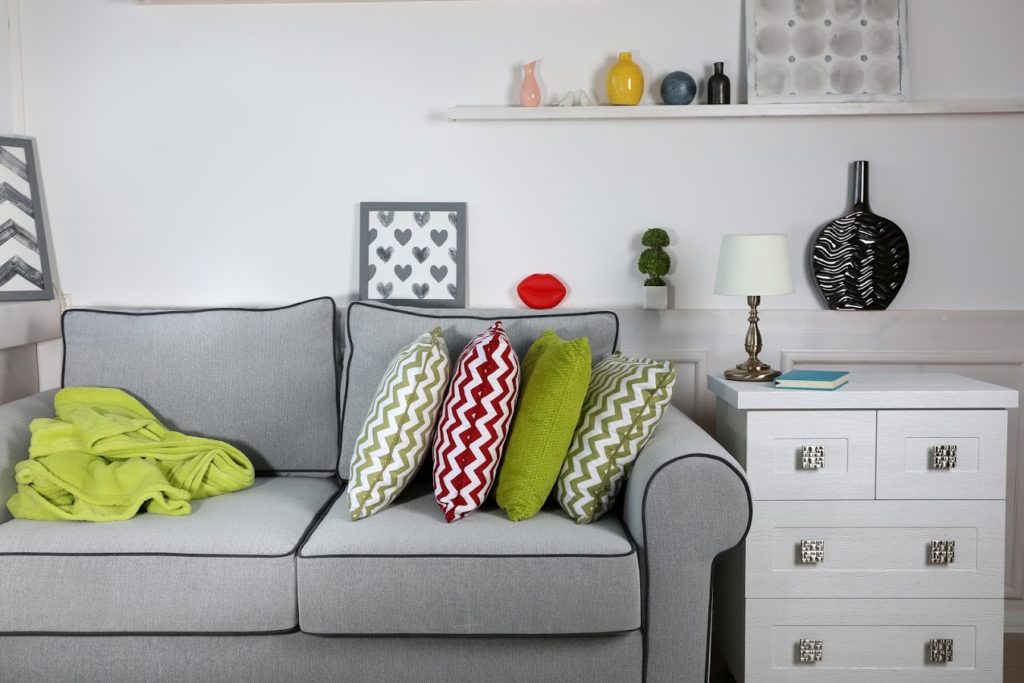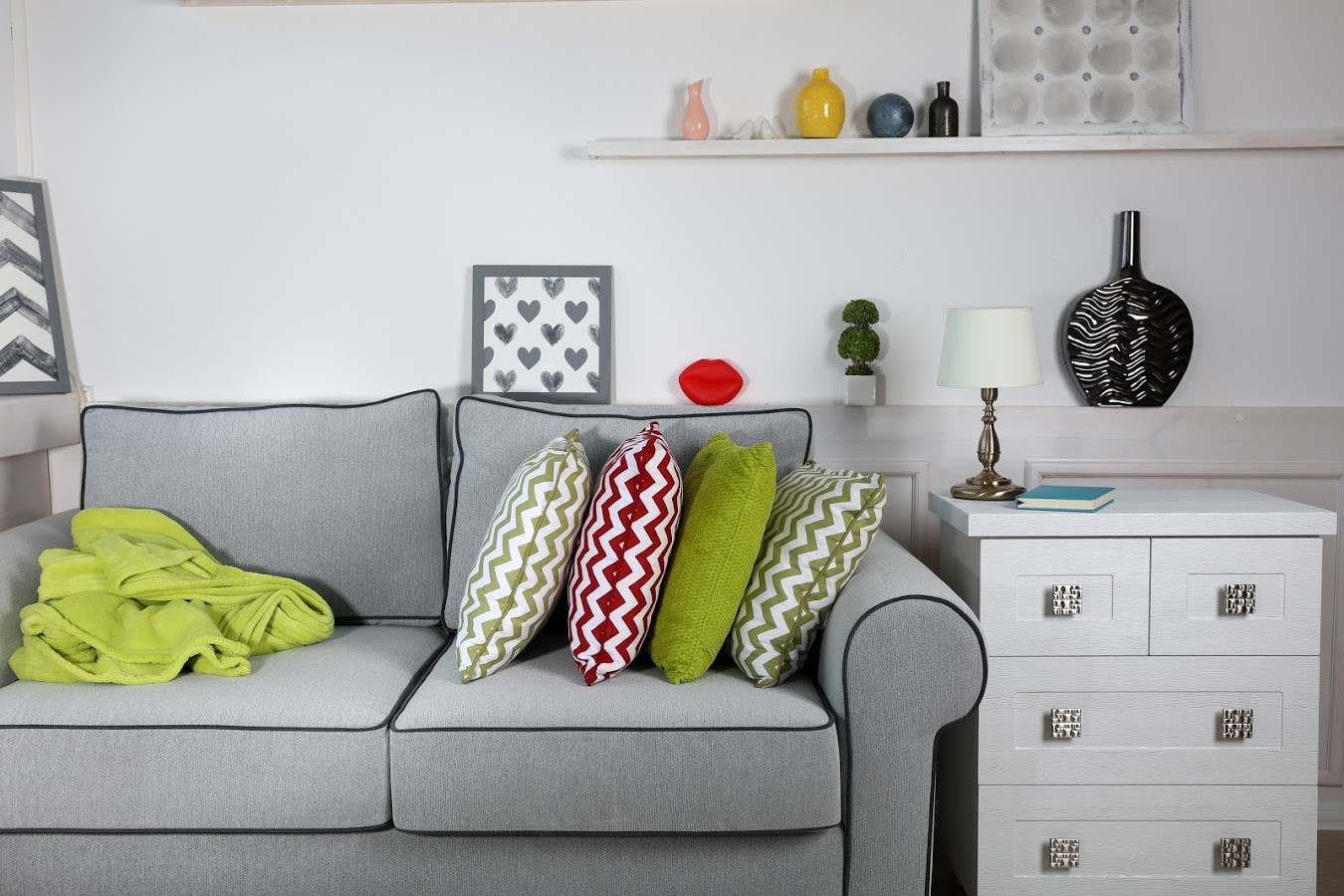6 Tips for Storing Upholstered Furniture
One of the most common reasons for homeowners to use storage facilities is to get large furnishings out of the way. Whether you need the extra space while deep cleaning, want to protect your furniture during a remodel, or have an upcoming move, a storage unit can offer the ideal solution.

However, you can’t just put your furniture into a storage unit and hope for the best. Many types of furniture, such as pieces made from natural wood, genuine leather, and most upholstery fabric require preparation to safeguard them while they’re out of your home.
In this blog, we provide you with six tips to ensure that your upholstered couches, chairs, and benches are ready to come out of storage and go right back into use when you’re ready for them.
- Calculate Unit Size
Upholstered furnishings tend to account for some of the largest items in any household. Sectional couches, bed frames, and banquet sets can be particularly big when compared to other pieces of furniture.
Before you choose a storage unit, be sure to measure all your upholstered furniture individually and how long these pieces will be when placed end-to-end. As a rule, upholstered items don’t stack well so you’ll want to ensure you have enough space without having to resort to potentially dangerous piles.
- Consider Climate Control
Climate controlled storage can be an invaluable asset, especially if you plan to keep your items in the unit for a significant period of time. Many of the environmental factors that lead to damage during long-term storage are reduced or eliminated in units with stable humidity levels and temperatures.
With upholstered furniture specifically, predictable humidity levels can decrease the risk of mold development and a musty odor you can’t clean away after storage.
- Deep Clean and Dry Completely
Once you have chosen your storage unit, you must begin to prepare your upholstered items for transport and storage. The first step in this process is deep cleaning each item. For items like couches, remove the cushions and any throw pillows. You’ll clean these items separately to ensure that you don’t miss any surfaces.
Start by vacuuming the upholstery with a brush attachment to remove crumbs, dirt, and other loose debris. Then apply an upholstery cleaner to remove oils, dried stains, and other set messes. If you don’t have an upholstery cleaner or don’t feel comfortable operating the machine, then hire a professional to handle the job.
Washing the upholstery can leave it slightly damp. Give the fabric plenty of time to air dry before you put it in storage. Any dampness can endanger that piece of furniture as well as the items around it.
- Invest in Appropriate Surface Protection
Dust, moisture, and pests pose a threat to the condition of your upholstered furniture. Once you’ve cleaned every item, seal it up with an appropriate surface cover. You can purchase a fitted slipcover for most mattresses and couches.
For large or oddly shaped furnishings, use heavy-duty plastic tarps or industrial plastic wrap to cover all the fabric surfaces.
In addition to protecting your upholstery from the conditions of long-term storage, plastic coverings can prevent snags and tears as your furnishings are moved, transported, and then unloaded.
- Lay Down Ground Cover
Even with appropriate coverings for individual pieces of upholstered furniture, you should still take precautions against moisture intrusion on the lowest level of your unit. This step is particularly important if you live on a floodplain or in a climate with heavy rains.
Line the floor of your unit with a plastic tarp to minimize the risk of water seeping into the fabric of your furnishings. You may also want to invest in wood pallets or other shelving to keep your furnishings off the floor entirely.
- Position Your Furniture Properly
Many individuals are tempted to cram their furniture into their storage units so that they can pay for a smaller unit. However, many types of upholstered furniture, especially couches, are vulnerable to warping when stored in improper positions.
Whenever possible, you should store your upholstered furniture in the position you would put it in inside your house rather than on its end or side. As mentioned in the first section, you should also avoid stacking smaller upholstered items on top of larger ones. This decision can damage one or both of the items. For example, chair legs could puncture the underlayment of the couch they’re stacked on.
Use these tips to protect your upholstery from the potential negative effects of poor planning before long-term self-storage. As the start date of your storage unit reservation approaches, give yourself the time and budget to thoroughly prepare your furnishings.
For convenient self-storage with options for all items, including upholstered furniture, trust North Star Mini Storage. Give us a call today to learn more.



